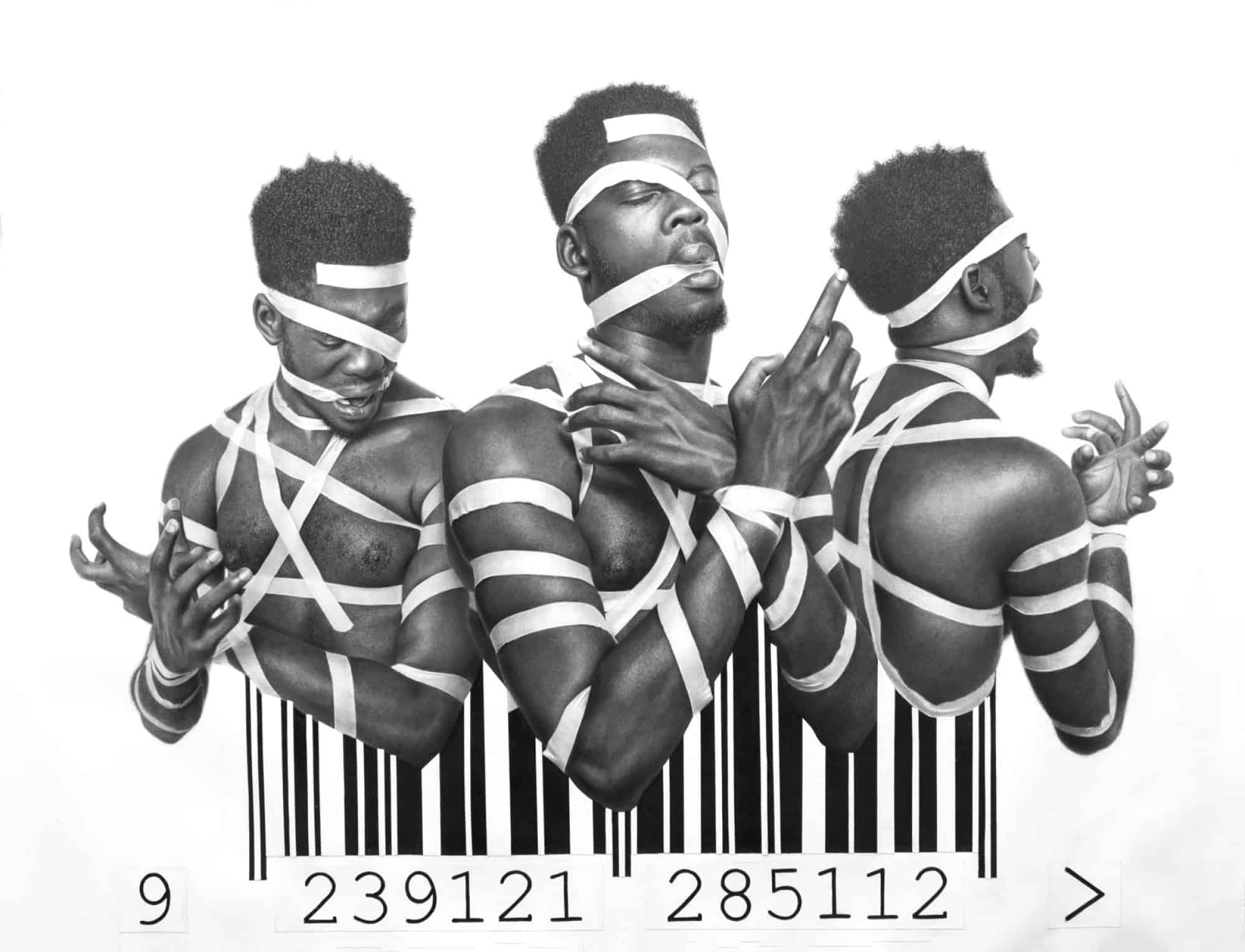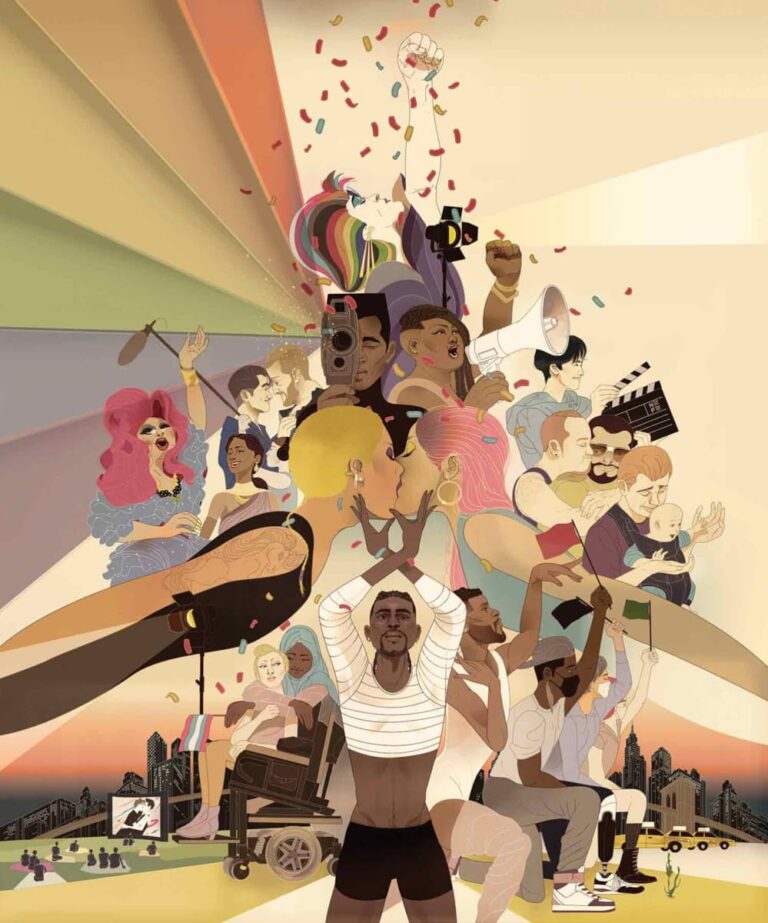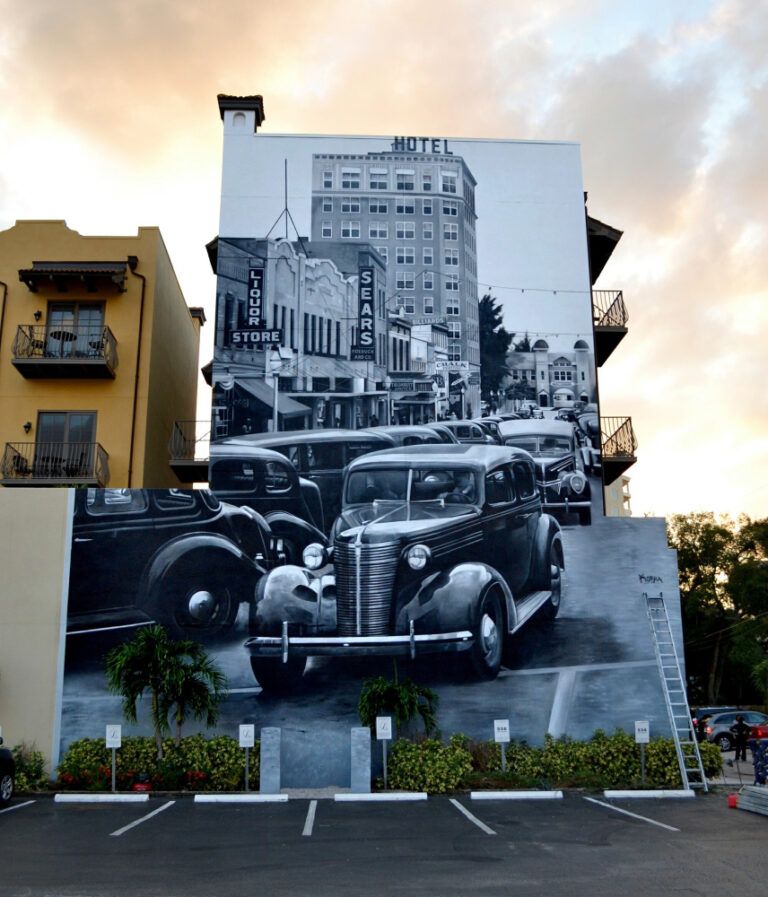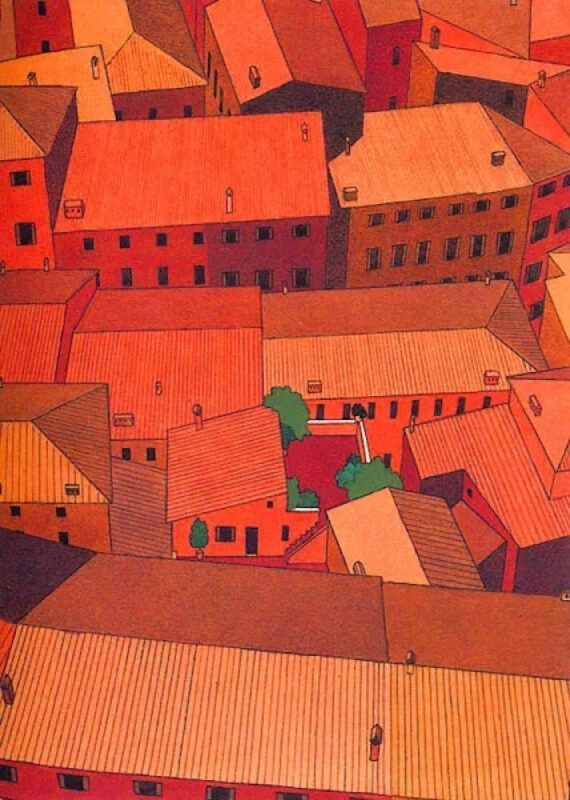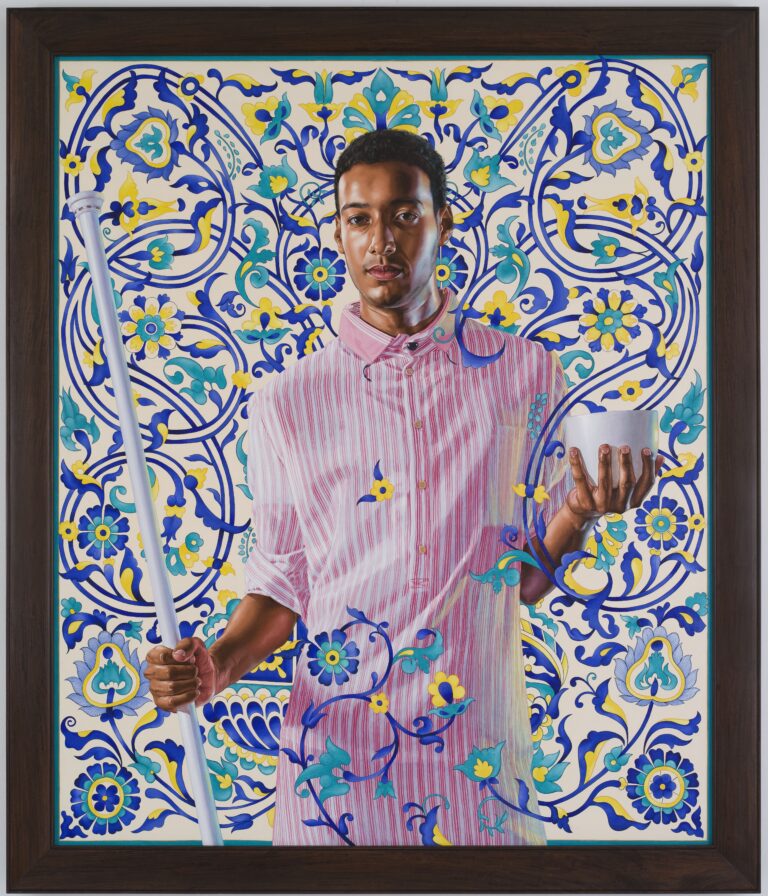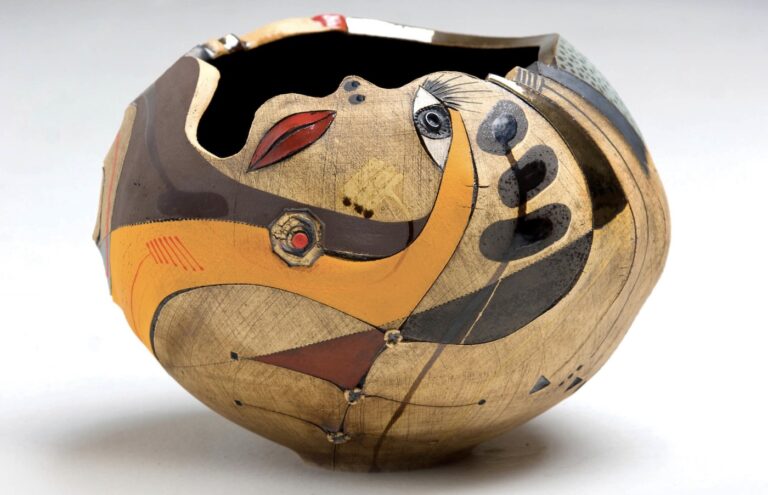In the way of materials Arinze Stanley needs very little to create his art and yet his images say so much. His figural drawings are predominantly produced with graphite and charcoal, the final images a perfect example of hyper-realism, where dedication and hours of patience can produce fine art that is mesmerising. Stanley’s drawings have the appearance of well-captured photographs, his skills being highly impressive and even more so by the fact that he was self-taught. Stanley’s monochromatic drawings showing a high level of knowledge and use of light that far exceeds many a trained professional. The fact that he does it all in pencil, makes it all the more captivating.
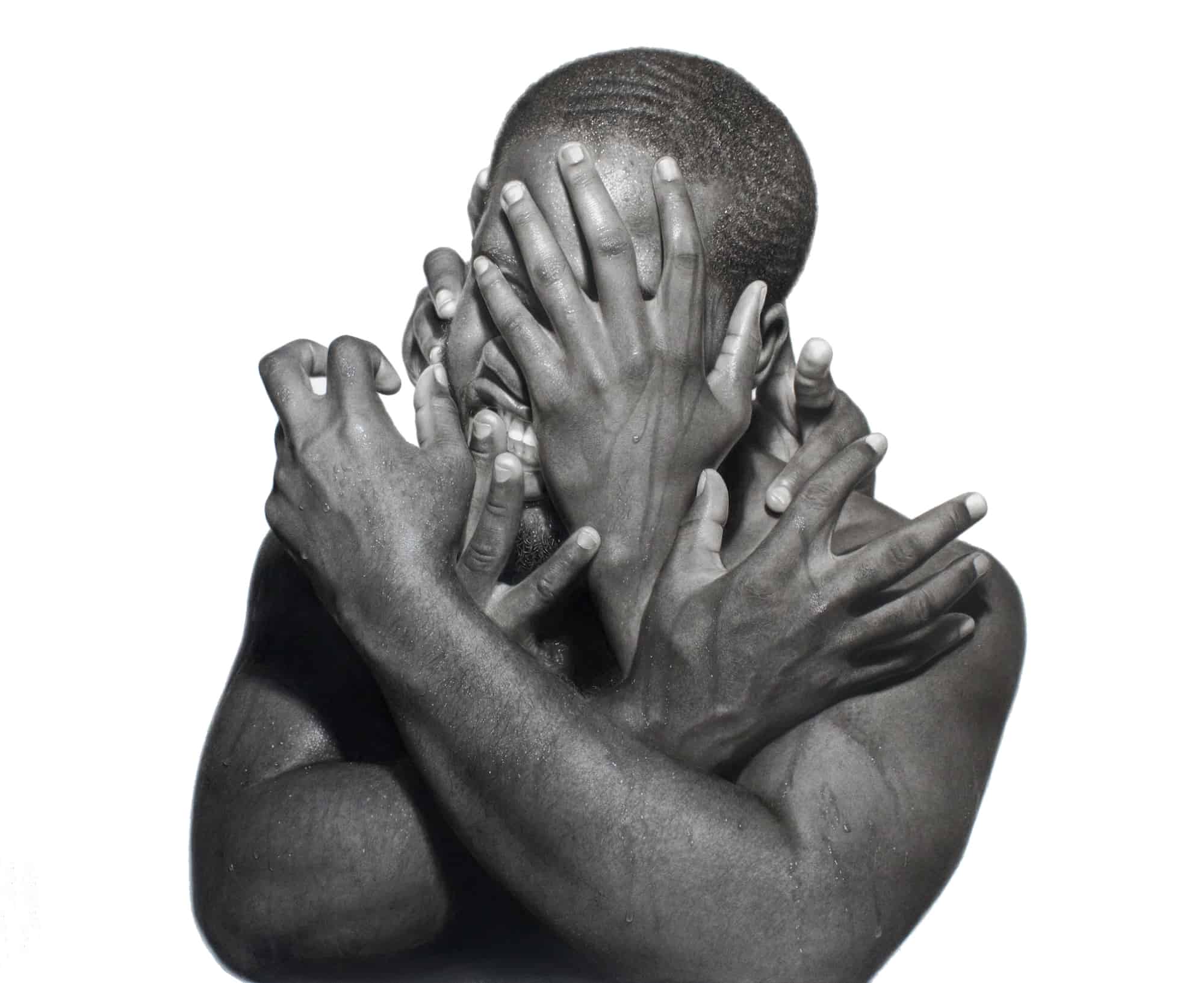 Black Noise (2017). Graphite and Charcoal on Paper. Arinze Stanley.
Black Noise (2017). Graphite and Charcoal on Paper. Arinze Stanley.
In many of Stanley’s images the models are shown to be openly expressing their emotions, which is particularly clear when Stanley uses the addition of hands; the images taking on a tone of anguish, a sense of being overcome, to the depths of sorrow – the hands pulling at the model’s skin as if trying to hold them back, or covering their face in either an attempt to hide them from the world or to shield them. In others, the hands are clenched in frustration or are grabbing at clothes; A Lady in Black (2017) – the pain the model feels rendered so well that you feel your own chest tightening.
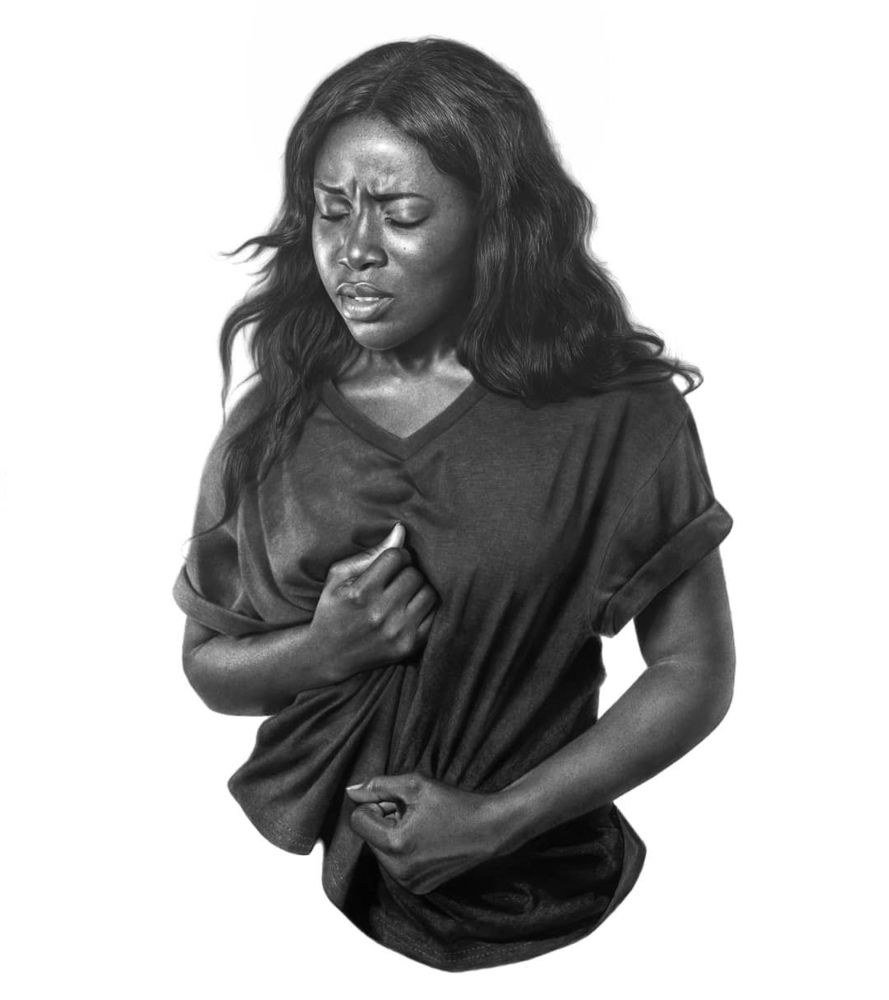 A Lady in Black (2017). Graphite and Charcoal on Paper. Arinze Stanley.
A Lady in Black (2017). Graphite and Charcoal on Paper. Arinze Stanley.
Stanley’s work also communicates socio-political meanings both internationally and at home, giving a voice to issues and raising the level of attention they deserve. This can be seen in Wailing, Wailing and Wailing (2017)– the three figures wrapped and bound in tape; even as they fight against it, they’re pulled in tighter. The restricting tape appearing to come from a barcode that represents the story of being sold, Stanley’s art highlighting the modern issue of people being treated like objects of trade, and whose voices are silenced – Stanley conveys this with tape being shown across each of the figures mouths and thereby stopping them from speaking out. But the artist, having heard of how people from Liberia and his home country of Nigeria were being sold into slavery, (after having been tricked with promises of opportunities in Europe), decided to use his artwork to speak for them. Another symbol within this piece is the numbers below the barcode;
9 239121 285112
which spell out; I (9) W(23) I(9) L(12 L(12) H(8) E(5) A(1) L(12):
‘I WILL HEAL’
This may represent the strength of those who have suffered these atrocities, the three models standing for each of the words.
Another socio-political exploration is his country, Nigeria and its relationship to crude oil – with his series “Machine Man” showing a series of models whose faces have been drenched, dipped and smeared in oil. How, as a great source of revenue, this production of oil has also resulted in corruption while failing to help with issues of poverty.
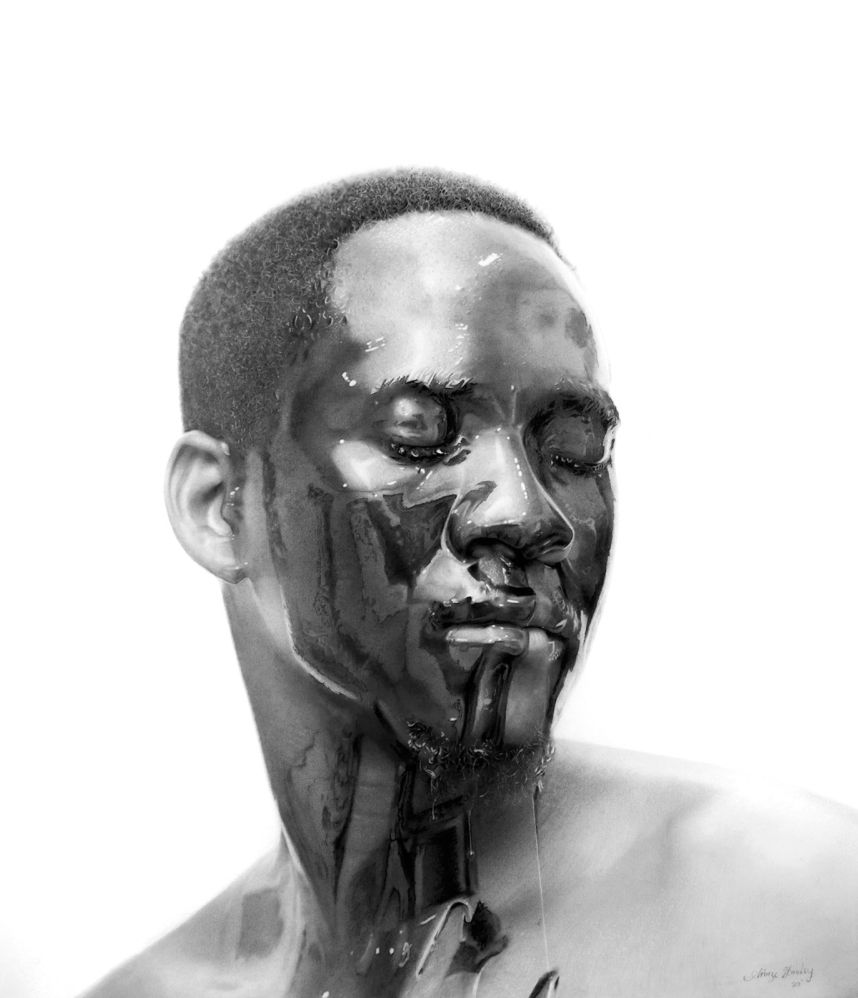 Machine Man #8 (2020). Graphite and Charcoal on Paper. Arinze Stanley.
Machine Man #8 (2020). Graphite and Charcoal on Paper. Arinze Stanley.
Stanley’s art has the noble pursuit of helping others; through emphasising an understanding and relatability to the viewer, or in having his messages reach across to a wider audience – so that through discussion, news of what is happening may spread and hopefully have the impact of changing situations.

